
Ningaloo Eclipse: As Exmouth prepares to be plunged into darkness, it’s the small town’s time to shine
How does a small remote community not only manage, but impress, an influx of 20,000 global travellers?

How does a small remote community not only manage, but impress, an influx of 20,000 global travellers?
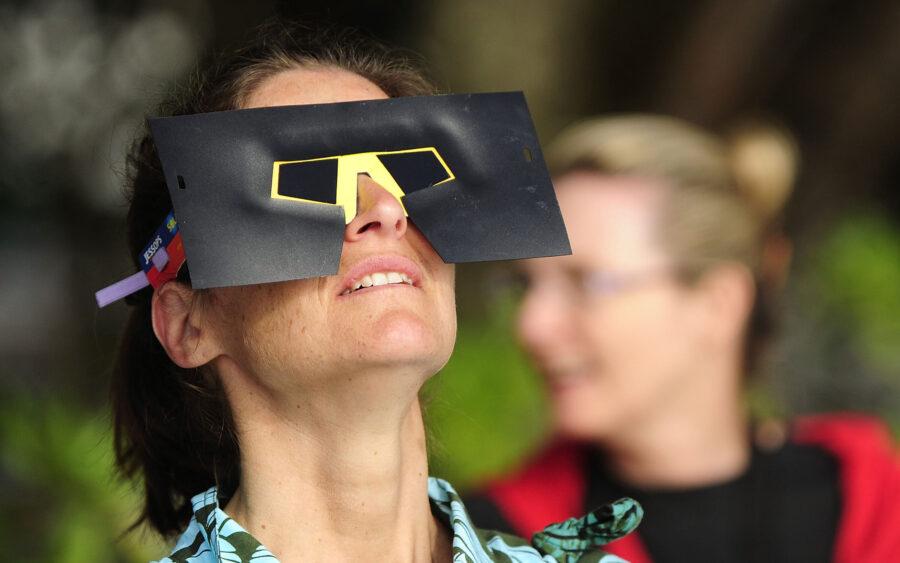
On Thursday 20 April, the Ningaloo region of Western Australia will experience a total solar eclipse.
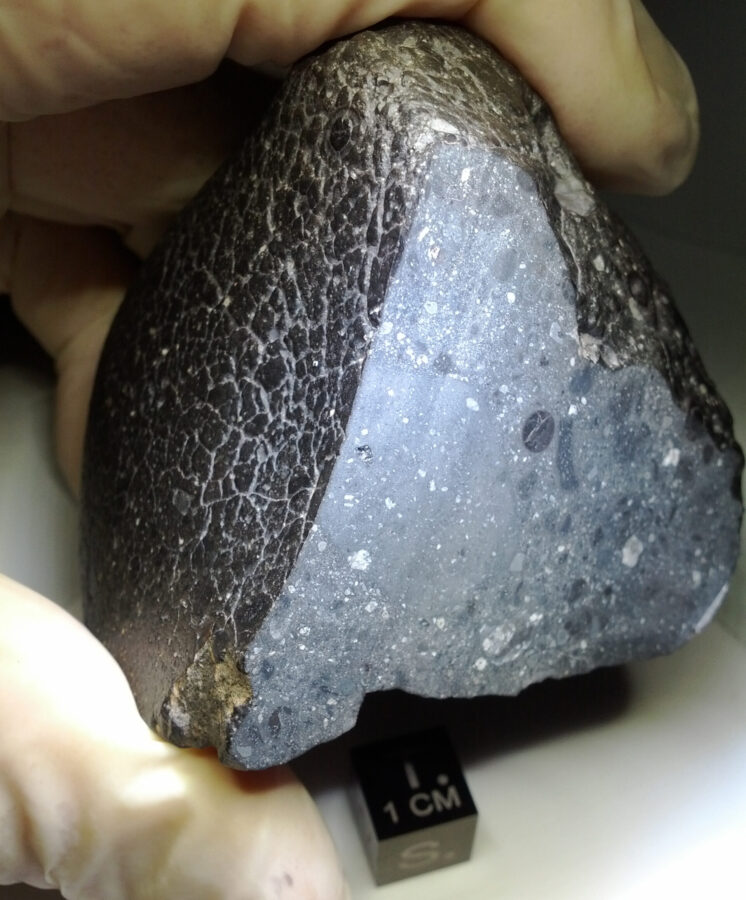
Today’s researchers in astronomy and space science have access to a remarkable array of tools, including state-of-the-art telescopes both in space and on the ground. Less obvious to the casual onlooker, though, is their access to computing facilities that earlier generations of scientists could only dream of – and Australia boasts supercomputers that are the envy of the scientific world.
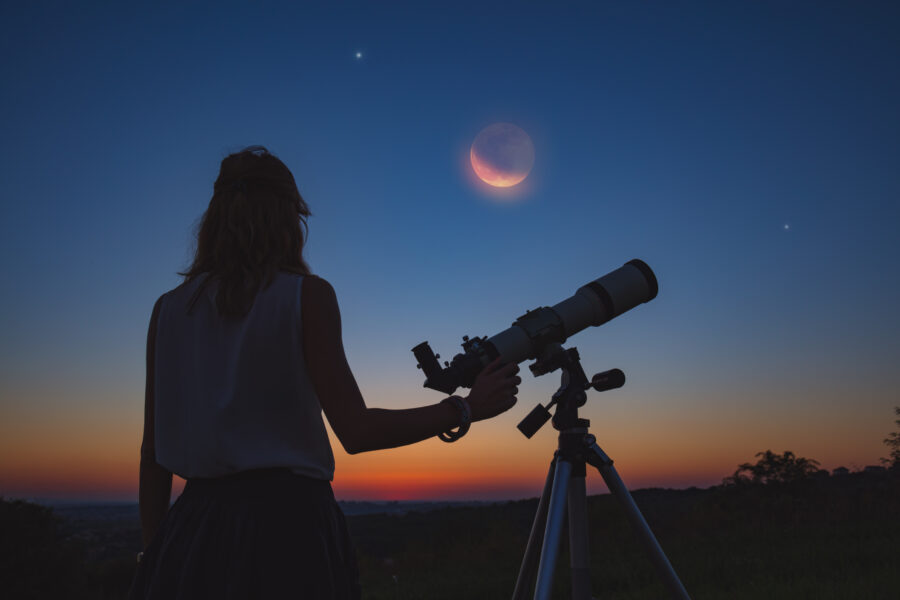
Astronomer Professor Richard de Grijs from Macquarie University explains all the upcoming celestial events visible from Australia this year, and the best dates and times to see them:
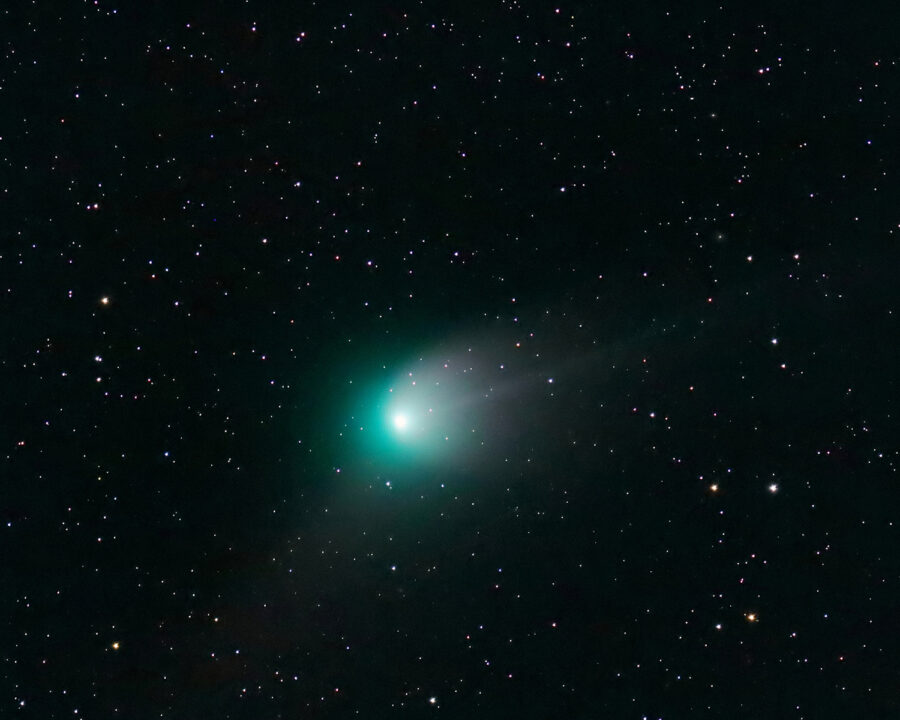
A bright green comet will be visible from Australia this week for the first time in 50,000 years.
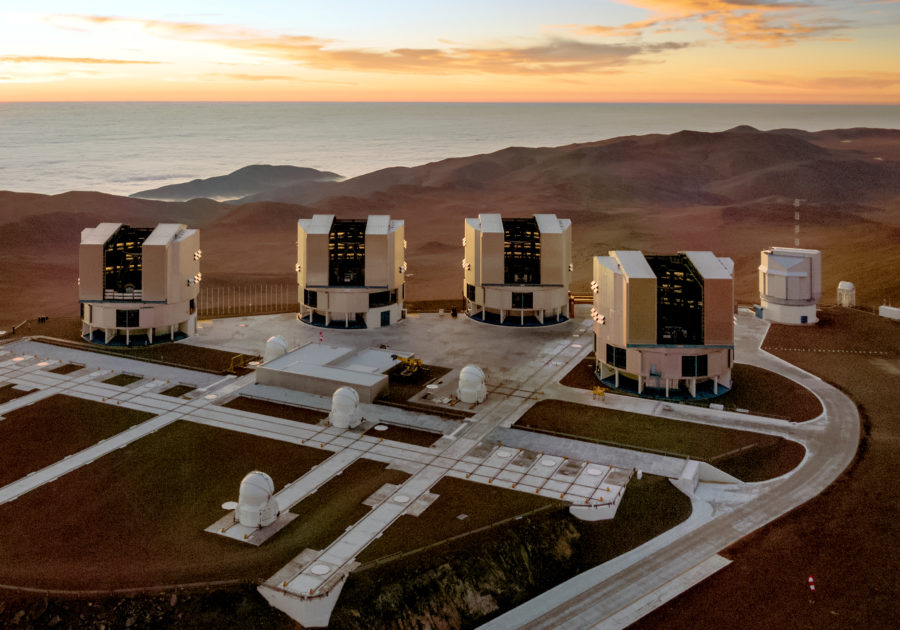
Researchers are studying gravitational lenses to find out what dark matter is made of.

The first images of a nebula from the James Webb Telescope gave astronomers remarkable insights into the death of the star that created these beautiful haloes of gas and dust.
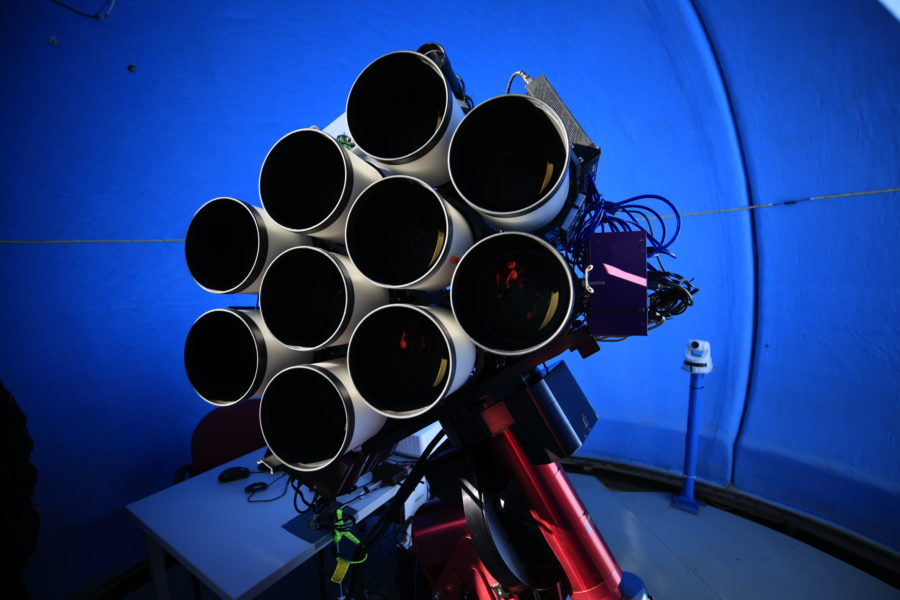
The new Huntsman Telescope can see deep into the darkness where faint celestial structures hide.
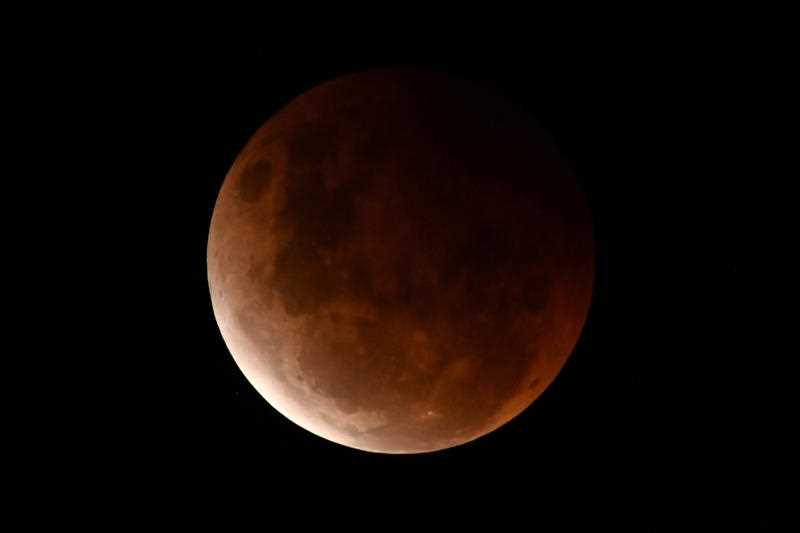
Tuesday night (8 November) will be the last chance to see a Blood Moon in Australian skies until 2025.
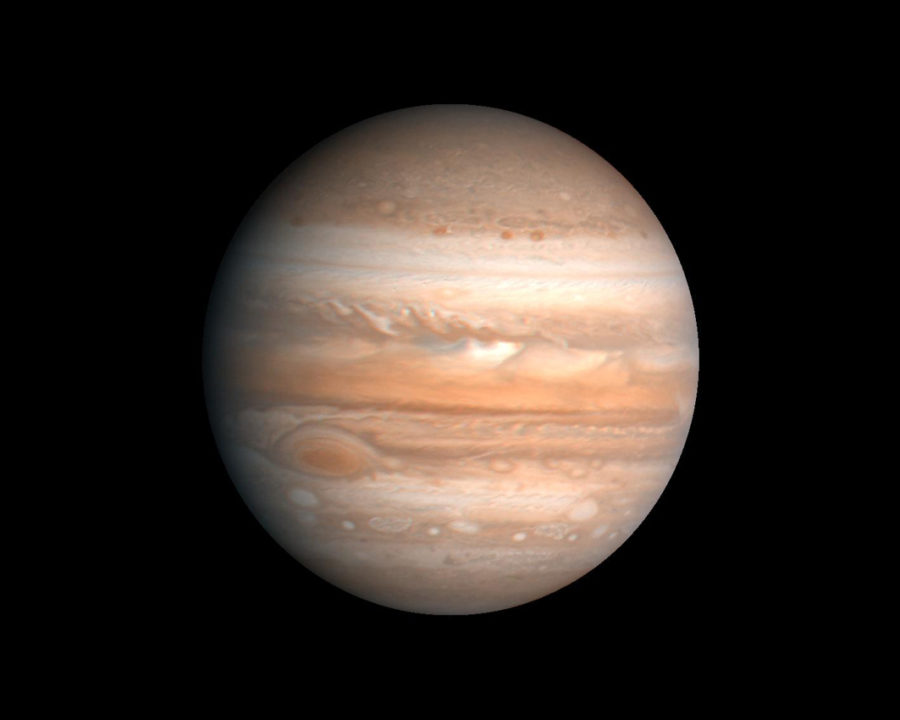
Stargazers, get excited. Tonight Jupiter will be the closest it has been to Earth in almost six decades, creating a once-in-a-lifetime viewing opportunity.